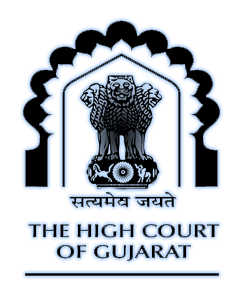
(A) Constitution of India , Art.20(2)— Principle of. The roots of the principle, which Art. 20 (c) enacts, are to be found in the well-established rule of English law which finds expression in the maxim "Nemo debet bis vexari" - a man must not be put twice in peril for the same offence. If a man is indicated again for the same offence in an English Court, he can plead, as a complete defence, his former acquittal or convocation, or as it is technically expressed take the plea of "autrefois acquite" or "autrefois convict".(Para 4) Anno: Const, India, Art. 20 4. (B) Constitution of India , Art.20(2)— "Prosecuted and punished" - Limited scope of article. The ambit and contents of the guarantee of the fundamental right given in Art. 20(2) are much narrower than those of the Common Law rule in England or the doctrine of "Double Jeopardy" in the American Constitution, Article 20(2) of the Constitution of India does not contain the principle of "autrefpios acquit". In order to enable a citizen to invoke the protection of cl. (2) of Art. 20 of the Constitution there must have been both prosecution and punishment. In respect of the same offence. The words "prosecuted and punished" are to be taken not distributively so as to mean prosecut....
Buy and Download By Entering Following Details (Worth /-)
J


